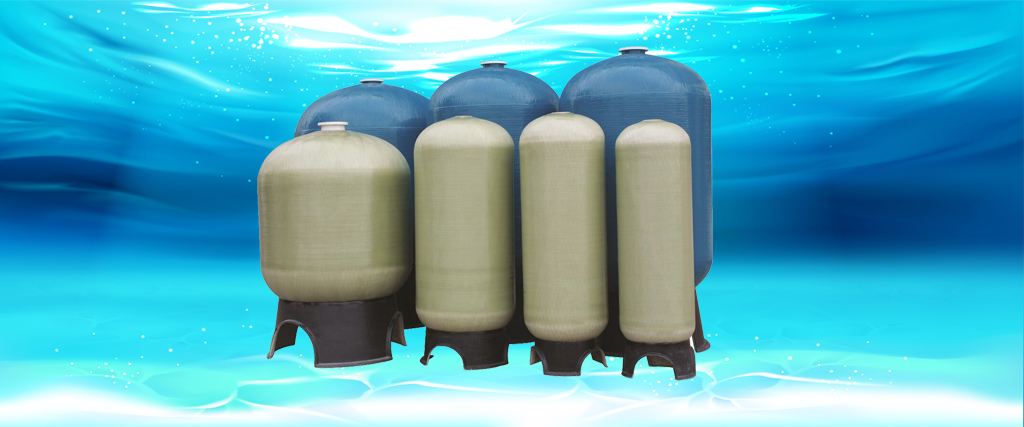The FRP Tanks/FRP vessels have few remarkable features, for which they are extensively used in industrial sector. Let’s list down the top 10 features:-
- They are resistant to corrosion and climate condition. The substance and the chemicals inside it won’t be affected by any such conditions.
- They are extremely durable and reliable (approximately 20 years). As the material is fortified by Fiber, so the strength of the component is multiplied by great extent.
- These tanks have a decent passing on capacity on account of its polished inward completion and because of which it brings down the pump’s loads.
- They have low thermal conductivity and good abrasive resistivity.
- They have good galvanic resistance and stray electric currents and have fine thermal insulation.
- They are normally UV resistant, alluring and are light as well as flexible in design.
- They are adaptable and have good dimensional stability.
- They have high strength to weight ratio as a result of which they are light in weight but quite strong.
- They have good insulating property.
- They are very much economical and are quite cost effective.
- Everything depends upon the quality of the product manufactured.
They are mostly used in the chemical industries, usually for filtration purpose. For example: – Fluoride Removal Plant, Arsenic Removal Plant, Iron Removal Plant they all use units of FRP tanks/FRP vessels in their modules. Rather than that they are also used in industries like: – fertilizer, wood pulp, sewage treatment plant, etc.
Dos and Don’ts while Handling of FRP vessel/FRP tank
Some mistakes are always easy to make and also quite simple to avoid. But in these cases, they cost you a fortune. Here are few points that one needs to keep in mind while handling a FRP vessel/FRP tank
| Dos | Don’ts |
| 1. Always buy from the manufacturers whose tanks are tested and quality is proven by any well-known certification bodies (ex- ISO or any other). Like those from Surya International, whose FRP vessels are tested by ISO and NABL. 2. Make sure you check the new equipment and its accessories upon arrival 3. You must be aware of the design limitations of a unit during its operation 4. Always respect the FRP vessel, as it is a powerful construction and designed to handle even hazardous chemicals. So, handle it with care while operating. 5. The connecting valves and threads must be checked monthly. 6. Always drain condensate substances on regular basis. 7. Weekly inspection must be done to ensure no air leaks. Determine the source, if found one. 8. They must be isolated and kept away from any other industrial machinery equipment |
1. Never mount the FRP tanks/FRP vessels rigidly without any support at its base. 2. Never make welded repairs on them 3. Never operate the equipment outside design conditions. This may cause any serious damage to the equipment or any fatal industrial accident. 4. Never weld any components onto the equipment interior or exterior. This may damage the design and create leaks over further use. 5. Do not pile up stocks or any equipment against the tank. |
All industrial equipment comes with its advantages and disadvantages. It’s up to us how we handle them and maintain them after use. There are a lot of common mistakes that users make that can lead to premature failure of the equipment. However, if you follow the practices mentioned above, you can ensure that your equipment will remain in a good state and last longer.


